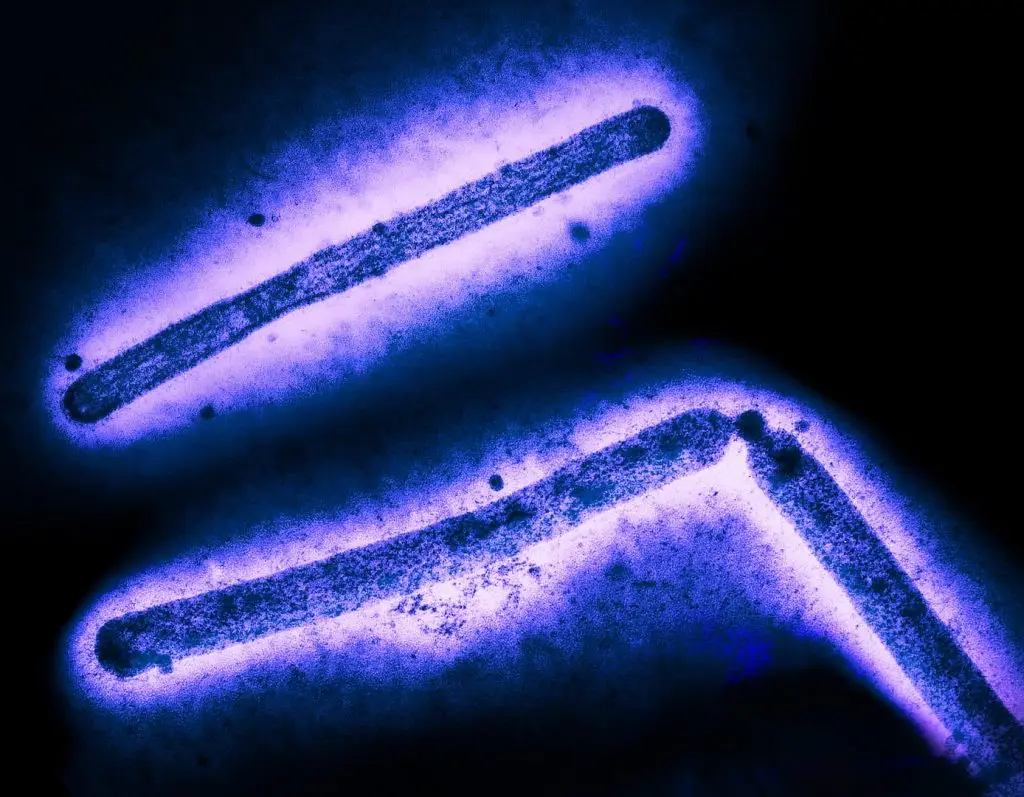Update: This LJI study was previously shared on bioRxiv in September 2024. Since then, health officials have reported a rise in H5N1 “bird flu” infections in humans, including the first severe H5N1 human case requiring hospitalization. Officials have also reported increased cases in feline species, including an outbreak among big cats at a wildlife sanctuary. In California, the recent spread of H5N1 to dairy herds in Southern California prompted Gov. Gavin Newsom to declare a “State of Emergency” on Dec. 18, 2024.

LA JOLLA, CA—New research led by scientists at La Jolla Institute for Immunology (LJI) suggests that many people already have immune cells on “stand by” to fight the H5N1 virus, also known as highly pathogenic avian influenza.
The H5N1 “bird flu” virus emerged in 2022 and has spread widely in animal populations, including poultry and cattle. According to the U.S. Centers for Disease Control and Prevention, there have been 66 confirmed H5N1 infections [as of Dec. 31, 2024] in U.S. poultry and dairy workers who caught the virus through animal contact. There are no known cases of human-to-human transmission, so far.
LJI scientists and vaccine experts are keeping a close eye on the emerging virus. In a new mBio study, LJI Professor Alessandro Sette, Dr.Biol.Sci., and LJI Research Assistant Professor Alba Grifoni, Ph.D., compared genetic sequences from H5N1 to genetic sequences from seasonal influenza viruses that already circulate in humans.
The LJI team uncovered important similarities between H5N1 and these common viruses, which allowed them to predict that many people already have “cross-reactive” T cells that are ready to target H5N1—should it ever mutate to cause widespread disease in humans.
“This makes us believe that a certain number of cross-reactive T cell responses may already be in place and may help decrease disease severity,” says Sette, who also serves as Co-Director of the LJI Center for Vaccine Innovation.
How the new study worked
Most Americans have had the flu or received a flu shot in the past. That means their immune systems have built up some level of immunity against common influenza viruses.
Sette and Grifoni investigated how well these influenza-fighting T cells might recognize and target the new H5N1 virus. The scientists used data from the LJI-led Immune Epitope Database (IEDB) to identify exactly how human T cells attack key proteins, or epitopes, on seasonal flu viruses. They then developed a computational approach to figure out if the H5N1 virus has these same vulnerable epitopes.
The researchers found that many epitopes are shared, or “conserved” between H5N1 and seasonal influenza viruses. This means many people may already have T cells equipped to battle H5N1 infections.
“We can predict that—in the majority of cases—our T cells have memory responses and can provide pre-existing immunity to H5N1,” says Grifoni. “That’s good news.”
Next steps for understanding H5N1 infections
The researchers cannot say for sure whether these T cell responses can lessen disease severity; however, there is reason to believe cross-reactive T cells may be good fighters. In previous studies, LJI scientists have shown that cross-reactive T cells can lessen the severity of COVID-19 and even mpox.
Going forward, the researchers are interested in studying the strength of these T cell responses. They are also prepared to analyze immune cells from human samples, should H5N1 begin spreading between people.
“We need to continue to monitor the situation, and if an outbreak were to occur, we’re ready to examine immune responses in more detail,” says Sette.
According to the CDC, there have been avian influenza A viruses—other than H5N1—which have spread between humans in the past, but that is very rare.
Additional authors of the study, “Targets of influenza Human T cell response are mostly conserved in H5N1,” include co-first authors John Sidney and A-Reum Kim, as well as Rory D. de Vries, Bjoern Peters, Philip S. Meade, and Florian Krammer.
This research was supported by the National Institute of Allergy and Infectious Diseases (NIAID; contract no. 75N93019C00001), NIAID Centers of Excellence for Influenza Research and Response (CEIRR, 75N93021C00014), and NIAID Collaborative Influenza Vaccine Innovation Centers (CIVICs, 75N93019C00051).
DOI: https://doi.org/10.1128/mbio.03479-24
###





